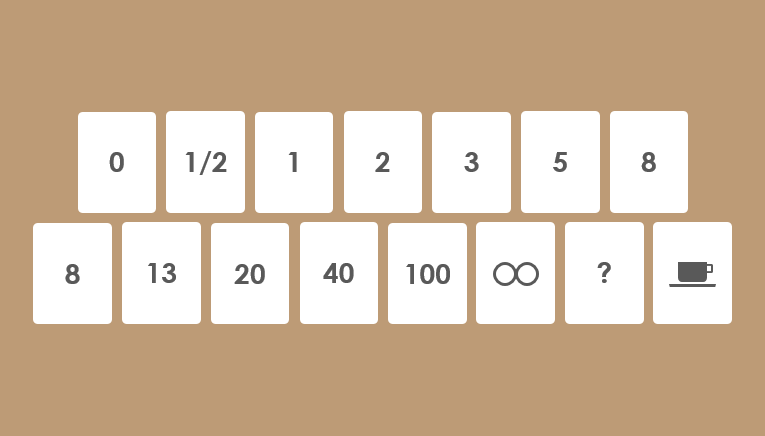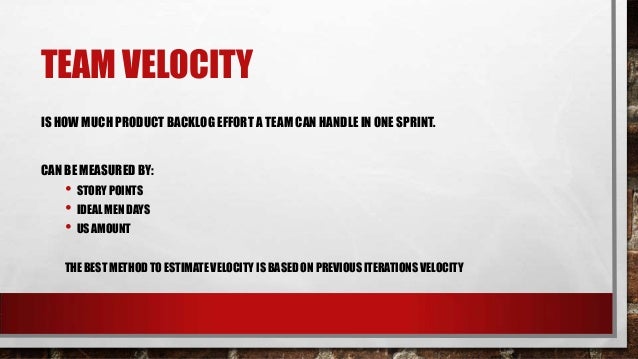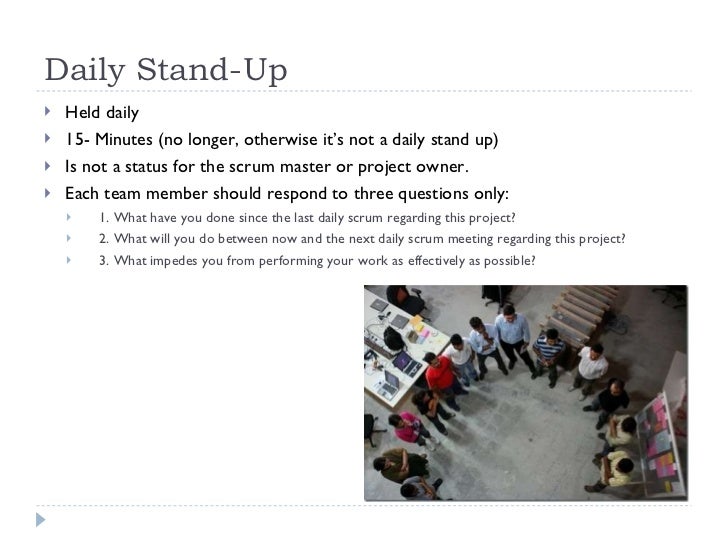Agile Planning Poker Rules

Agile Planning Poker Rules For Dummies
The idea behind Planning Poker is simple. Individual stories are presented for estimation. After a period of discussion, each participant chooses from his own deck the numbered card that
represents his estimate of how much work is involved in the story under discussion.
Planning Poker was created by James Grenning in 2002 and seems to be a simplified version of another popular estimation method — Wideband Deplhi (although Grenning himself claims he would have. Planning Poker The most popular technique of gross level estimation is Planning Poker, or the use of the Fibonacci sequence to assign a point value to a feature or item (Grenning, 2002). The Fibonacci sequence is a mathematical series of numbers that was introduced in the 13th century and used to explain certain formative aspects of nature.
All estimates are kept private until each participant has chosen a card. At that time, all estimates are revealed and discussion can begin again.
My personal top 3 reasons planning poker are:
- Fosters collaboration by engaging entire team
- Creates consensus estimate rather than having a single person
driving the estimate
- Exposes issues early through discussion of each user story
Those who actually could do the work are the ones that vote so that
Managers, Scrum Master, Project Manager, etc must no vote.
The basic rules are as follows:
- Each participant gets a deck of estimation cards representing a sequence of numbers. The most popular sequences involve doubling each card (0, ½, 1, 2, 4, 8, 16, etc.) or the Fibonacci sequence (1, 2, 3, 5, 8, 13, 21, etc.). The Fibonacci sequence is generally more popular.
- The moderator presents one user story at a time to the team.
- The Product Owner (or equivalent role) answers any questions the team might have about the story.
- Each participant privately selects a card representing his or her estimate of the “size” for the user story. Usually size represents a value taking into account time, risk, complexity and any other relevant factors.
- When everybody is ready with an estimate, all cards are presented simultaneously.
- If there is consensus on a particular number then the size is recorded and the team moves to the next story.
- In the (very likely) event that the estimates differ, the high and low estimators defend their estimates to the rest of the team.
- The group briefly debates the arguments
- A new round of estimation is made (steps 4 and 5 above).
- Continue until consensus has been reached and the moderator records the estimate.
- Repeat for all stories.
To do the estimation fast and fun I recommend to use some tool such as
www.planningpoker.com which is very useful if you have to work with
remote teams.
The rules of the game

In our previous blog post, we discussed key concepts for Agile planning, such as story points.Let’s continue with the rules of the Planning Poker game.

All you need is a deck of planning poker cards. And a team, of course 🙂 Then the procedure is simple:
- Team refreshes their definition of a baseline story.
- The Product Owner introduces the story that team will be estimating.
- Each team member decides how many story points he or she will allocate and picks the relevant card from the deck.
- When the facilitator gives a sign, all team members show their cards simultaneously.
- The people who allocated the most and the least points explain their reasons and a round of additional questions and clarifications follows.
- Then you do another round of estimations.
- If you are looking for a full consensus, you repeat the procedure until the estimates are very close or equal. If the team is satisfied with the revealed information, they can also agree on a specific number and move on to the next story. This
Agile Planning Poker Rules Card Game
The main benefit from this is not really the precise estimate that you will get. It is just a consequence of a thorough discussion and good understanding that the team co-create as they ask questions and share views. So, if you decide to try planning poker, or you are already using it, remember – do not do it for the estimates only – in the first place, do it for the discussions and the knowledge sharing.
Alternative approaches
Planning Poker is a great practice for digging deeper into the stories and discovering “hidden” information in the team. However, it can be really time consuming.

When estimating a big amount of stories – for example, in release planning sessions, you can consider some of the following practices:
- Timebox discussions on individual stories. This will focus the team on the most important questions they want to raises.
- Use T-shirt sizes instead of story points. This reduces the pressure on the team for super accurate estimates, and focuses them on understanding the overall amount of work.
- Try techniques such as Big Wall estimation, or Bucket estimations. They help the team get an overview of the bigger picture, and reduces the overall estimation time.
Happy planning!
P.S. You can also check out our mobile Planning Poker application
Agile Planning Poker Rules For Beginners

Agile Planning Poker Rules How To Play
- 4.95 €
- 31.00 €
- 43.00 €
- 39.75 €